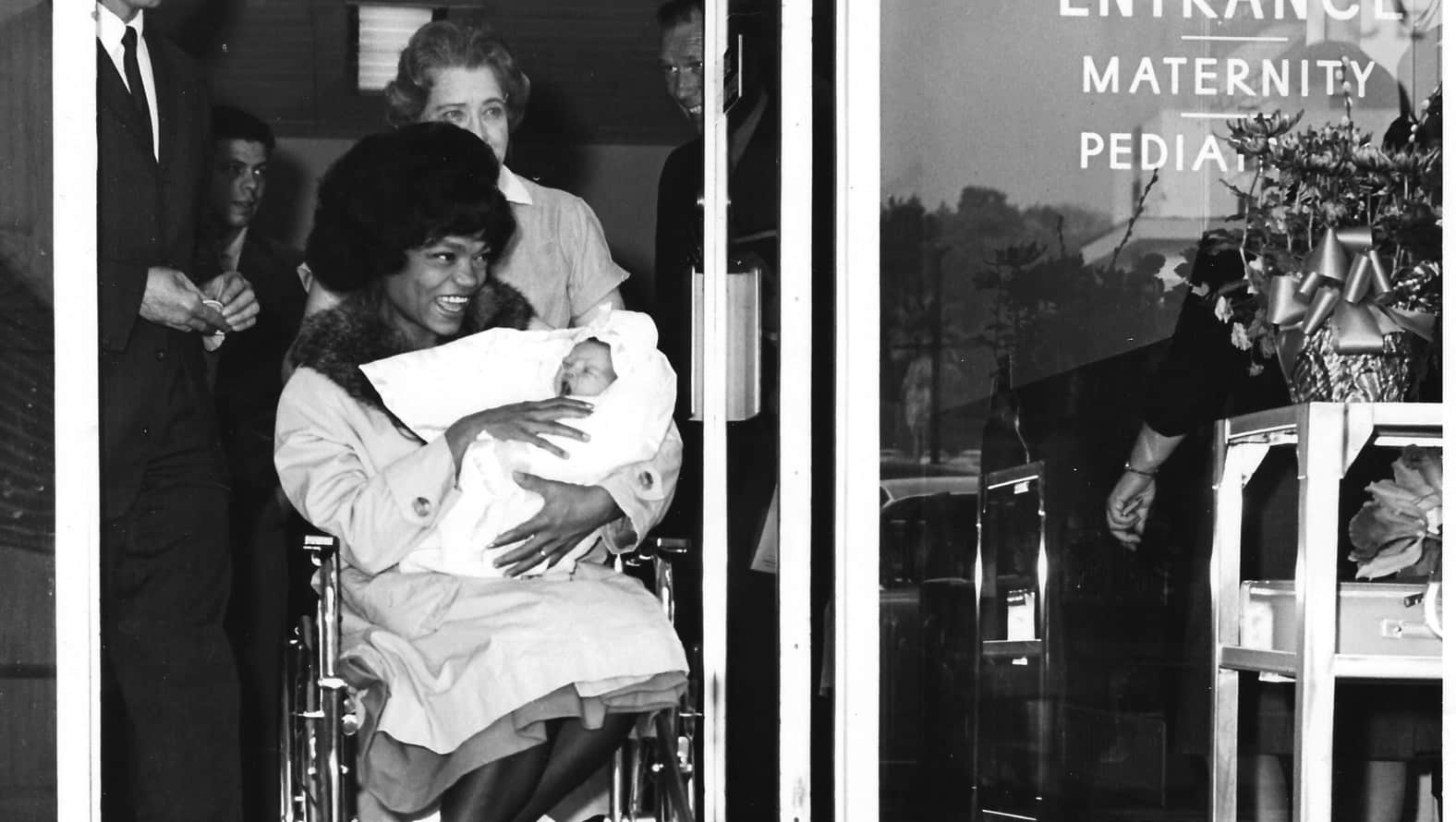ASU student explores how parents in multi-racial families communicate about racePosted in Articles, Family/Parenting, Identity Development/Psychology, Social Work, United States on 2017-11-27 00:34Z by Steven |
ASU student explores how parents in multi-racial families communicate about race
ASU Now
Arizona State University
2017-10-27

ASU doctoral student Annabelle Atkin
It’s First Friday at the Children’s Museum in Phoenix, Arizona. Amid the kids exploring giant bubbles, a kiddie car wash, and a paint maze, there is an 8×4 folding table with a red tablecloth draped over it. Behind the table sits the smiling face of Annabelle Atkin, a doctoral student at the T. Denny Sanford School of Social and Family Dynamics at Arizona State University. An assortment of children’s books featuring characters with diverse racial backgrounds is spread before her. To her right is a colorful poster describing her multiracial families project.
Atkin is working on recruiting multi-racial families for her research. She is exploring how parents of multi-racial families communicate with their children about race, as well as the effects those conversations have on their children’s racial identity and development. Her excitement and interest in this topic shines through when she talks about the families she’s met so far…
Read the entire article here.







